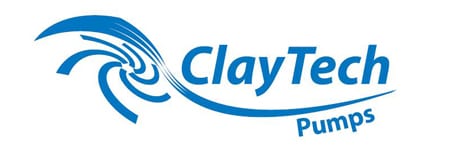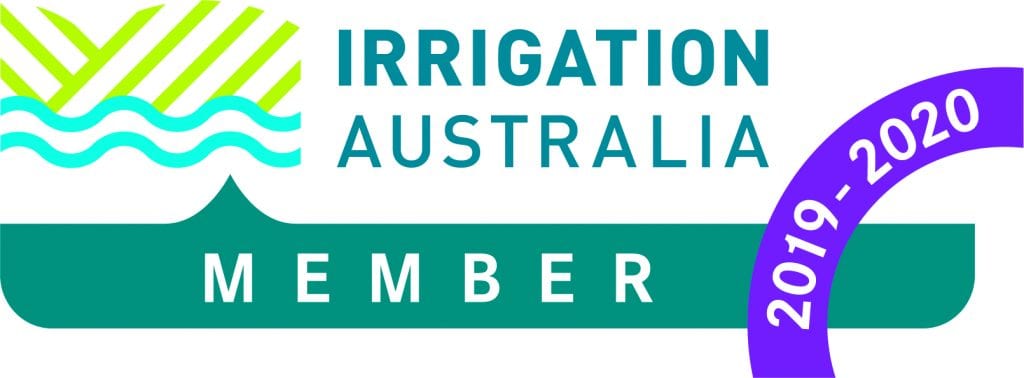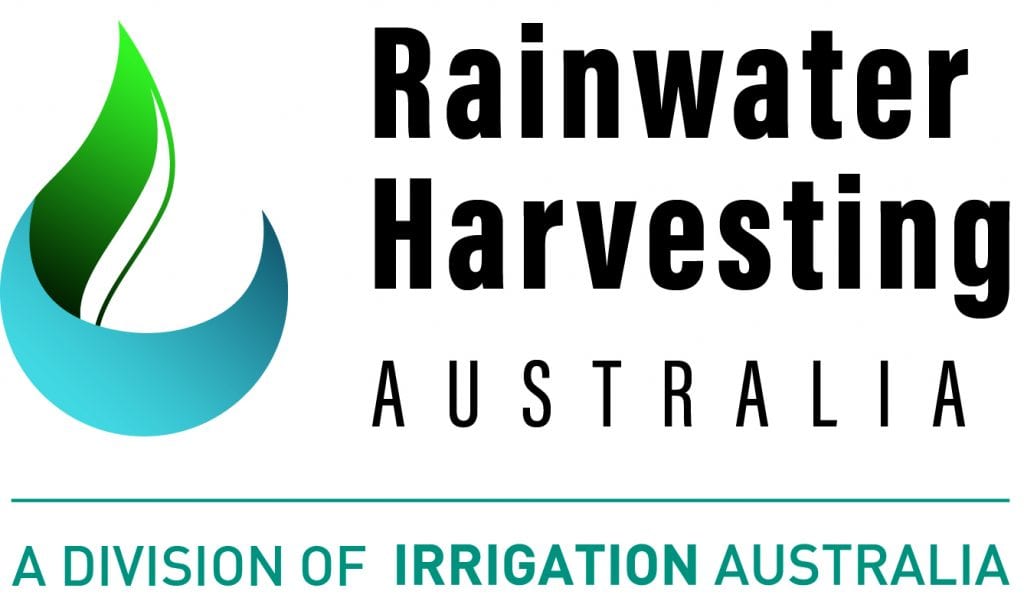Rainwater Harvesting
Rainwater Harvesting is rainwater captured from a roof into a container. Rainwater Harvesting has a triple benefit in urban areas. Rainwater harvesting reduces the costs of water infrastructure across the urban system. Rainwater harvesting with water efficient appliances reduces household expenditure on water. Rainwater harvesting reduces stormwater management costs. Rainwater Harvesting is the third largest source of water in Australia, after surface water (dams) and groundwater.
Rainwater Harvesting provides an independent estimate of 274 billion litres annually. According to the ABS one in four, or 26% of Australian houses have a rainwater tank. The ABS estimate rainwater provides 177 billion litres, or 9% of residential water in Australia worth $540 million. Outside of urban areas rainwater provides 63% of residential water or 109 billion litres. Rainwater harvesting is the first and most efficient element of an integrated water management system. Because rainwater falls on roofs it is a local supply that can be collected where it is needed. Because rainwater Is usually high quality it can meet significant local water demand until it runs out. Capturing rainwater reduces the negative impacts of urban water on natural catchments.
Coombes and Smit estimated savings from rainwater harvesting and water efficient appliances in 2016 in Sydney alone of 90 billion litres annually, equivalent to the entire capacity of the Sydney $1.8B desalination plant. Rainwater Harvesting is the most accessible source of water in Australia. All urban areas continue to enjoy rainfall even in a drought, however, rainwater harvesting continues to provide water long after natural catchments become too dry for stream runoff. Desalinated water is not dependent on natural rainfall but it does rely on an electricity network, water distribution system and high levels of public expenditure.
Using rainwater harvesting to reduce potable water demands has a benefit in reducing future water infrastructure costs, a double benefit in improving household welfare and a triple benefit in reducing stormwater infrastructure cost and risks. This is why rainwater harvesting is considered an integrated water solution, one piece of infrastructure has multiple benefits at multiple scales.
Rainwater Harvesting Residential Design Specification
Rainwater Harvesting Australia (RHA) and Professor Peter Coombes from Urban WaterCycle Solutions (UWCS) have combined to combine 20 years of scientific research and Industry best practice to publish the Rainwater Harvesting Residential Design Specification. This document can be downloaded from the Rainwater Harvesting Australia website http://www.rainwaterharvesting.org.au. Additional rainwater harvesting information is available at https://urbanwatercyclesolutions.com
Correctly installed Rainwater Harvesting systems develop a natural treatment train that addresses many of the potential contamination issues that may be associated with a roof catchment. This is an important reason why rainwater harvesting is so widely used in Australia and rainwater users remain healthy.
Ask Questions on Rainwater Harvesting
Follow the Rainwater Harvesting conversation on Facebook at Rainwater Club Australia. All questions on rainwater harvesting will be answered.
https://www.facebook.com/groups/rainwaterclub/
Rainwater Harvesting Training
A Rainwater Harvesting training program has been developed by Rainwater Harvesting Australia and is available on the Irrigation Australia website www.irrigationaustraliatraining.com.au This provides the latest scientific research and Industry best practice.





